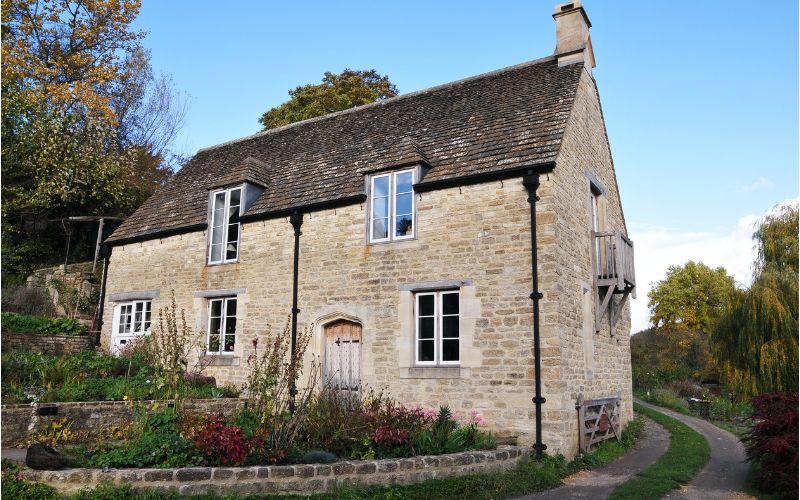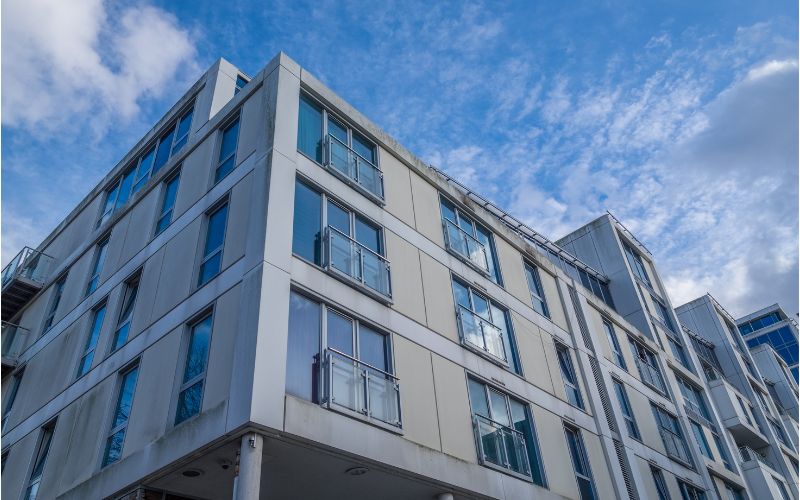If you’re a commercial landlord this guide to dilapidations will outline your tenants' obligations to maintain your property, and the actions you need to take to avoid a costly dilapidations claim at the end of the tenancy period.
Commercial landlord dilapidations
As a commercial landlord, keeping your property in a good state of repair is essential to your ability to let the space at a profitable rental yield, and without breaks between tenants.
For this, you need your tenants to keep the property well maintained during their tenancy and to hand it back in an immediately lettable condition at their tenancy end. Failure to comply could result in you experiencing a lapse in rental income, as well as having to pay the price for costly reinstatements to your premises in order to bring the condition back up to a lettable standard.
This is what is known in commercial letting as landlord dilapidations, a term used to describe the condition of a property as a consequence of neglect in its maintenance.
Safeguarding your interests
Dilapidations refer to the associated costs of reinstating a property to the condition as covenanted by the tenant under the terms of the Lease and it’s an essential concept for commercial landlords to understand in order to protect their financial interests.
However, in order to seek any such financial reimbursement from a tenant, or enforce any works required to reinstate your property at the tenancy end, you must first ensure you’ve made your tenants’ maintenance and restatement responsibilities clear within their lease.
Therefore, the key to mitigating dilapidations claims rests on tackling dilapidations before a tenant takes occupation of your property, as well as taking regular action throughout their tenancy term to ensure maintenance responsibilities are being enacted.
Dilapidations - your tenants’ responsibilities
In order to have a legal grounds for making a dilapidations claim against a commercial tenant letting your property, you must ensure you outline your tenants’ maintenance, repair, and restatement responsibilities in a legally binding contract.
This relies on having contractual provisions in place within your tenancy agreement that govern all the ways in which your tenants are responsible for up-keeping and maintaining your premises, in addition to the condition they must return the building to upon vacating.
Only by including these legally-binding conditions in the terms of your lease can you protect your financial interests and ensure your tenants have clarity as to their legal responsibilities for the condition of your property.
This process is paramount in the event you need to serve a tenant with an interim schedule of dilapidations during their tenancy, or seek financial compensation for depreciation to your property upon their lease termination.
Mitigating dilapidations claims and disputes
The issue of dilapidations is often complex, with tenants sometimes challenging schedules of works they’re served. This can be avoided by ensuring responsibilities are communicated clearly from the outset within the lease contract.
While the tenant is responsible for the lease and undertaking their own maintenance throughout the lease, it is recommended that a proactive approach is taken by both the landlord and tenant. A chartered building surveyor can independently assist the tenant with a planned maintenance schedule to help them ensure compliance with on-going maintenance.
If your inspections reveal that building upkeep and decorative repair is being ignored, the tenant can be issued with an interim schedule of dilapidations during their tenancy term, typically before the final 18 months of the lease term. The Schedule outlines works which you believe the tenant has neglected and is responsible for, per the terms of the lease that were signed. Costs for the works identified are typically not included in an interim schedule of dilapidations and are more of a notification of works to the tenant.
You can also seek financial compensation for any associated costs and legal fees of serving this interim schedule to your tenant, should your lease expressly state this.
An interim schedule of dilapidations can also mitigate risk of a lengthy Schedule of Dilapidations at tenancy-end. A building surveyor can carry out these at agreed times as they ensure maintenance is being addressed at regular intervals throughout the tenancy. Regular checks are particularly important for longer leases of 5 years onwards.
During inspections, if any issues are identified that could fundamentally lead to the deterioration of the building, then a Repairs Notice may be served. These repairs are typically related to the external fabric and structure of the building. A Repairs Notice under 146 of the Landlord and Tenant Act, 1927 would require the tenant to undertake the repair works within the set period within the Statute.
Landlord and Tenant Act
Landlords should be aware that the amount you can claim for dilapidations is capped under UK Statute per Section 18 of the Landlord and Tenant Act, 1927. This means you are limited to the amount you can recover, should a tenant not remedy dilapidations at the tenancy end.
For example, a tenant may reduce their dilapidations payments if the building is due to be pulled down or renovated shortly after their tenancy has ended, or if they believe the amount specified for dilapidations exceeds the value of disrepair.
In the case of the latter, a diminution in value will need to be determined and that considers the current commercial letting market, as well as other mitigating factors.
For this reason, among others, it is highly advised that landlords seek legal guidance when drawing up their tenants’ leases, in order to ensure correct wording on the definition of demise and respective repair, redecoration, and reinstatement clauses.
Next steps
Our team works with landlords across London, Hampshire, and the South East to resolve dilapidation matters.
To discuss your property or for further dilapidations advice contact the team via the button below. Alternatively, read more about our dilapidations services here.
NB: Please note this article is intended as a guide only and does not constitute legal advice. Please contact our team at enquiries@sillencehurn.co.uk to discuss your requirements.




